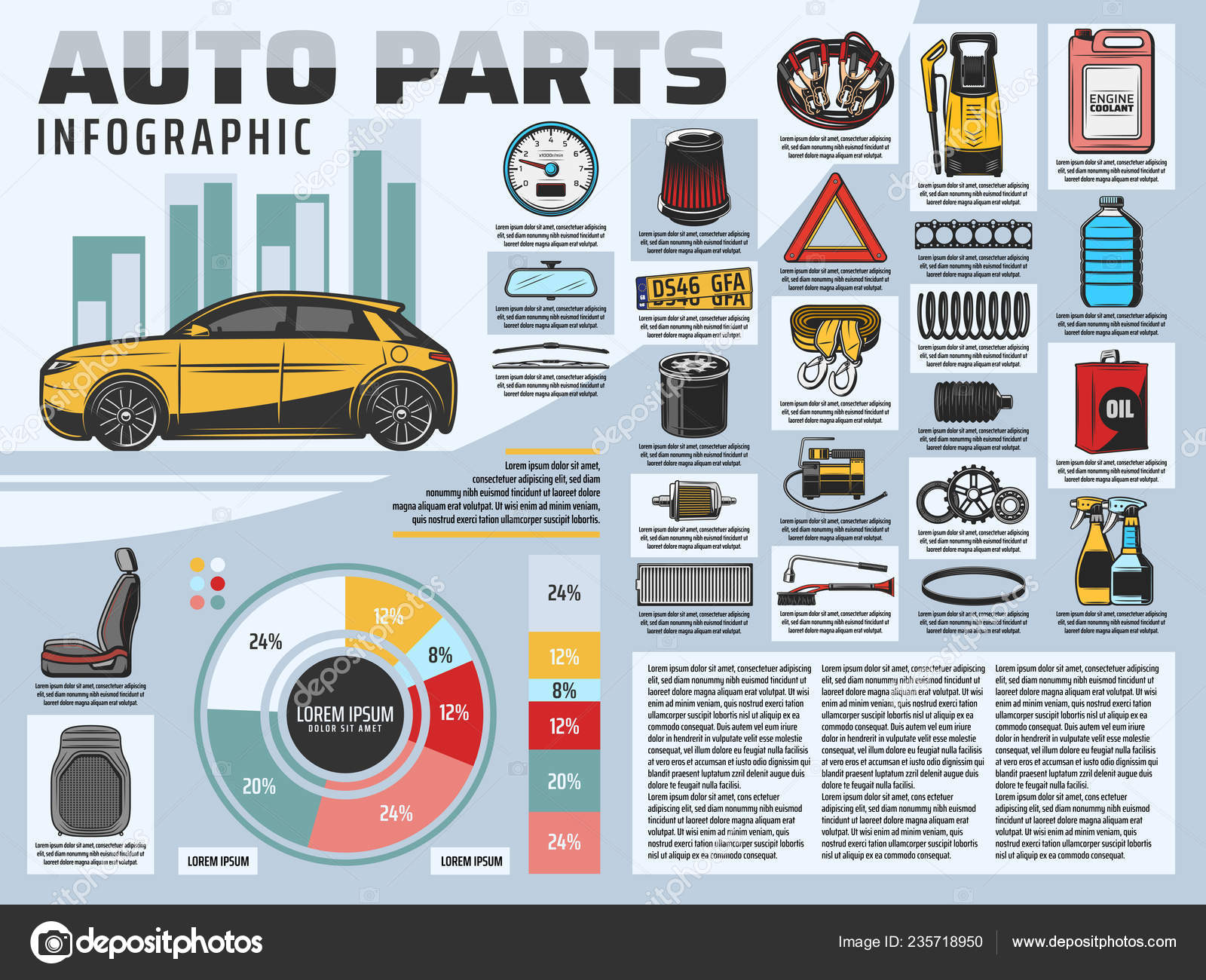Evaluating Your Vehicle'S Warning Indicators: What They Actually Communicate
Evaluating Your Vehicle'S Warning Indicators: What They Actually Communicate
Blog Article
Article Writer-Boye Dalgaard
When you're behind the wheel, those radiant warning lights on your dashboard can be a little bit puzzling. Do you understand what they're trying to inform you concerning your automobile's health and wellness? Understanding the importance of these lights is vital for your security and the longevity of your car. So, the next time among those lights pops up, would not you wish to analyze its message precisely and take the necessary actions to address it?
Common Warning Lighting and Interpretations
Identify typical warning lights in your car and recognize their definitions to guarantee safe driving.
The most common caution lights include the check engine light, which signals problems with the engine or emissions system. If this light begins, it's essential to have your lorry checked without delay.
please click the following internet site alerting light indicates low oil stress, needing instant interest to avoid engine damage.
A flashing battery light may recommend a damaged billing system, potentially leaving you stranded if not resolved.
car valet near me tracking system (TPMS) light alerts you to reduced tire pressure, influencing car stability and gas performance. Overlooking this can cause risky driving conditions.
The ABS light suggests a trouble with the anti-lock braking system, endangering your ability to quit promptly in emergency situations.
Last but not least, the coolant temperature level advising light warns of engine overheating, which can result in severe damages otherwise resolved swiftly.
Comprehending these common caution lights will aid you resolve problems without delay and keep secure driving problems.
Value of Prompt Attention
Comprehending the common warning lights in your auto is only the primary step; the importance of promptly addressing these cautions can not be emphasized sufficient to ensure your safety when traveling.
When a warning light illuminates on your control panel, it's your automobile's way of connecting a prospective concern that needs attention. Disregarding these warnings can lead to much more serious troubles in the future, endangering your safety and security and possibly costing you a lot more out of commission.
Motivate focus to alerting lights can stop malfunctions and crashes. For instance, a flashing check engine light could indicate a misfire that, if left unattended, might trigger damage to the catalytic converter. Resolving this quickly can save you from a costly repair work.
Likewise, a brake system cautioning light might signify reduced brake liquid or used brake pads, important components for your safety and security when driving.
DIY Troubleshooting Tips
If you discover a warning light on your dashboard, there are a few do it yourself troubleshooting ideas you can attempt prior to looking for specialist assistance.
The first step is to consult your cars and truck's manual to comprehend what the particular warning light indicates. Often the concern can be as simple as a loosened gas cap activating the check engine light. Tightening up the gas cap might resolve the problem.
An additional typical concern is a reduced battery, which can cause different alerting lights. Inspecting https://www.ksdk.com/article/news/local/explosions-south-st-louis-city-auto-repair-shop-shawns-master-auto-repair/63-685d8d0d-247f-4a0e-a402-d016c1523809 for rust and ensuring they're safe might repair the issue.
If a caution light lingers, you can attempt resetting it by disconnecting the cars and truck's battery for a couple of minutes and afterwards reconnecting it. Furthermore, examining your car's liquid levels, such as oil, coolant, and brake liquid, can help repair advising lights associated with these systems.
Conclusion
To conclude, understanding your automobile's caution lights is necessary for maintaining your car running smoothly and safely. By promptly dealing with these informs and understanding what they mean, you can avoid expensive repair services and potential break downs.
Bear in mind to consult your vehicle's handbook for specific information on each advising light and do something about it appropriately to guarantee a trouble-free driving experience.
Keep educated, remain risk-free when traveling!
